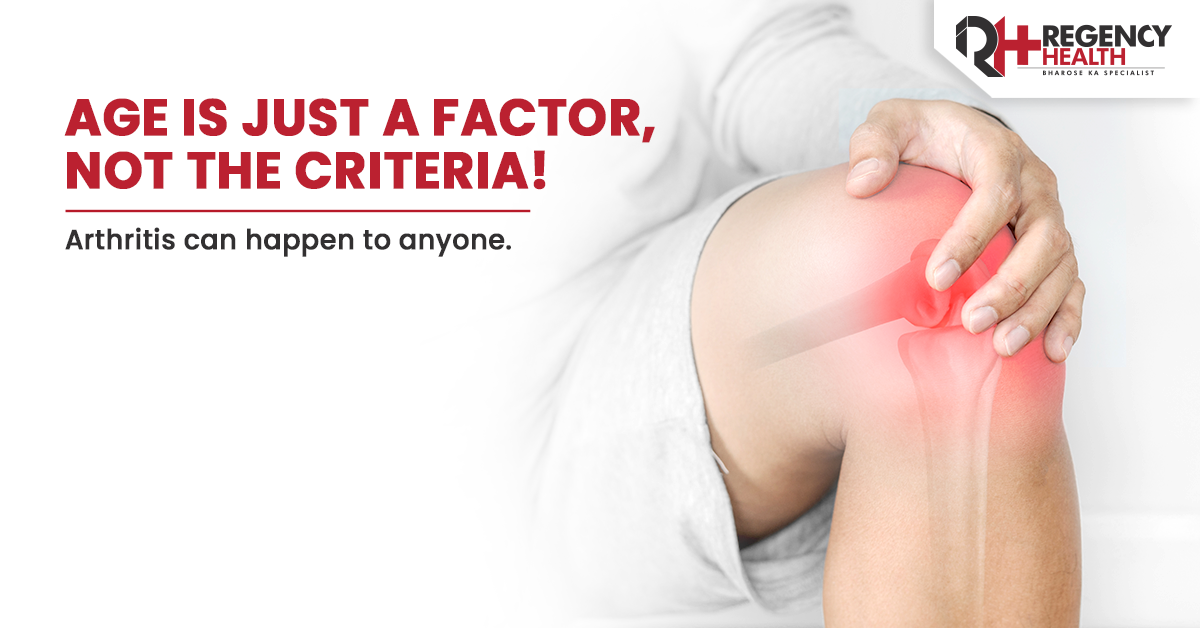Arthritis is a common condition affecting millions of people worldwide, and it can severely impact one's quality of life. Understanding the types, symptoms, and treatment options for arthritis is essential for managing its effects effectively.
The Two Main Types of Arthritis
Osteoarthritis and rheumatoid arthritis are the two most common types of arthritis. Osteoarthritis is a degenerative disease that affects the cartilage of the joints and causes pain, stiffness, and decreased mobility. Rheumatoid arthritis is an autoimmune disorder that affects the synovial fluid and membrane surrounding joints, leading to pain, swelling, stiffness, and deformities.
Symptoms of Arthritis
The symptoms of arthritis can vary, depending on the type and severity of the disease, but some of the most common symptoms include:
- Pain and stiffness in the joints
- Swelling and inflammation around the joints
- Reduced mobility and range of motion
- Warmth and redness around the affected joint
- Joint deformities and misalignment in severe cases.
Diagnosis and Treatment Options
To receive a proper diagnosis, your doctor may order tests such as X-rays, MRIs, and blood tests. Early diagnosis is important as it can help to prevent further damage to joints.
Several treatment options are available for arthritis management, including medication, physical therapy, and surgery. Medications are typically used to reduce inflammation and pain, and common prescription medications include nonsteroidal anti-inflammatory drugs (NSAIDs), corticosteroids, and disease-modifying antirheumatic drugs (DMARDs).
Physical therapy and lifestyle modifications are also effective ways to manage arthritis symptoms. Physical therapy can help to improve joint flexibility and strengthen the muscles surrounding the joints. Additionally, maintaining a healthy weight through diet and exercise can help reduce pressure on the joints, leading to pain relief.
In severe cases, surgery may be necessary. Joint replacement surgery is commonly used for people with osteoarthritis who have severe joint damage. The procedure involves removing the damaged joint and implanting an artificial joint.
In conclusion, arthritis is a debilitating condition that can greatly affect one's quality of life. Understanding the types, symptoms, and treatment options for arthritis is essential for effectively managing its effects. It is important to seek medical advice to determine the best treatment plan for your individual needs.
Arthritis is a common medical condition characterized by inflammation and stiffness in the joints. There are over 100 different types of arthritis, but the two most common forms are osteoarthritis and rheumatoid arthritis.
Osteoarthritis is caused by wear and tear on the joints over time. It commonly affects the hands, knees, hips, and spine. Symptoms include joint pain, stiffness, and a reduced range of motion.
Rheumatoid arthritis, on the other hand, is an autoimmune disease where the body's immune system mistakenly attacks the joints. This chronic condition primarily affects the small joints in the hands and feet, causing pain, swelling, and eventually joint deformities.
Risk factors for developing arthritis include age, genetics, obesity, previous joint injuries, and certain infections. Treatment options vary depending on the type and severity of arthritis but can include medication, physical therapy, lifestyle modifications, and in severe cases, surgery.
It is important for individuals with arthritis to manage their symptoms and seek medical advice to minimize pain and maintain joint function.
Cause: Joint pain can be caused by a variety of factors, including injury, overuse, inflammatory conditions, and underlying medical conditions.
Risk Factors: Risk factors for joint pain include age, physical exertion, excess weight, joint deformities, and certain medical conditions, such as arthritis, gout, and bursitis.
Treatment: Treatment for joint pain depends on the underlying cause. Possible treatments may include lifestyle changes, physical therapy, over-the-counter pain medications, and prescription medications.
Medication Used: Common medications used to treat joint pain include nonsteroidal anti-inflammatory drugs (NSAIDs) such as ibuprofen and naproxen, as well as steroids and corticosteroids.


